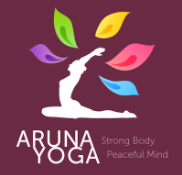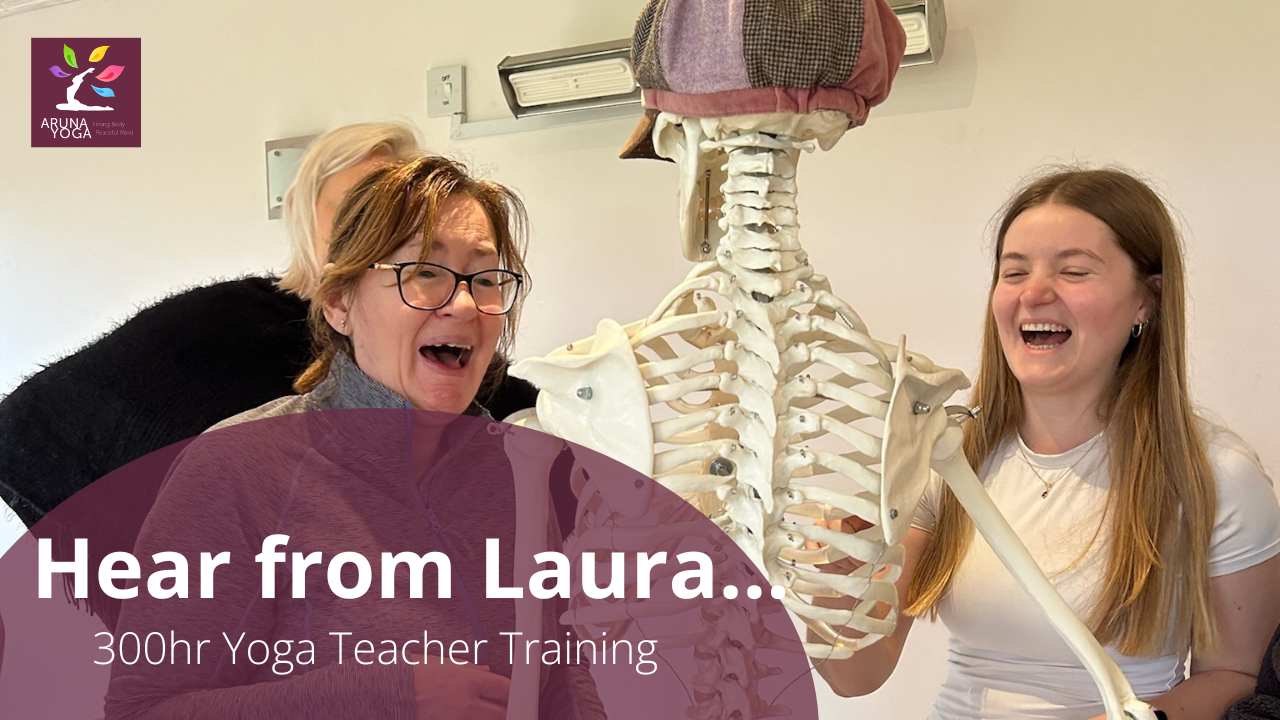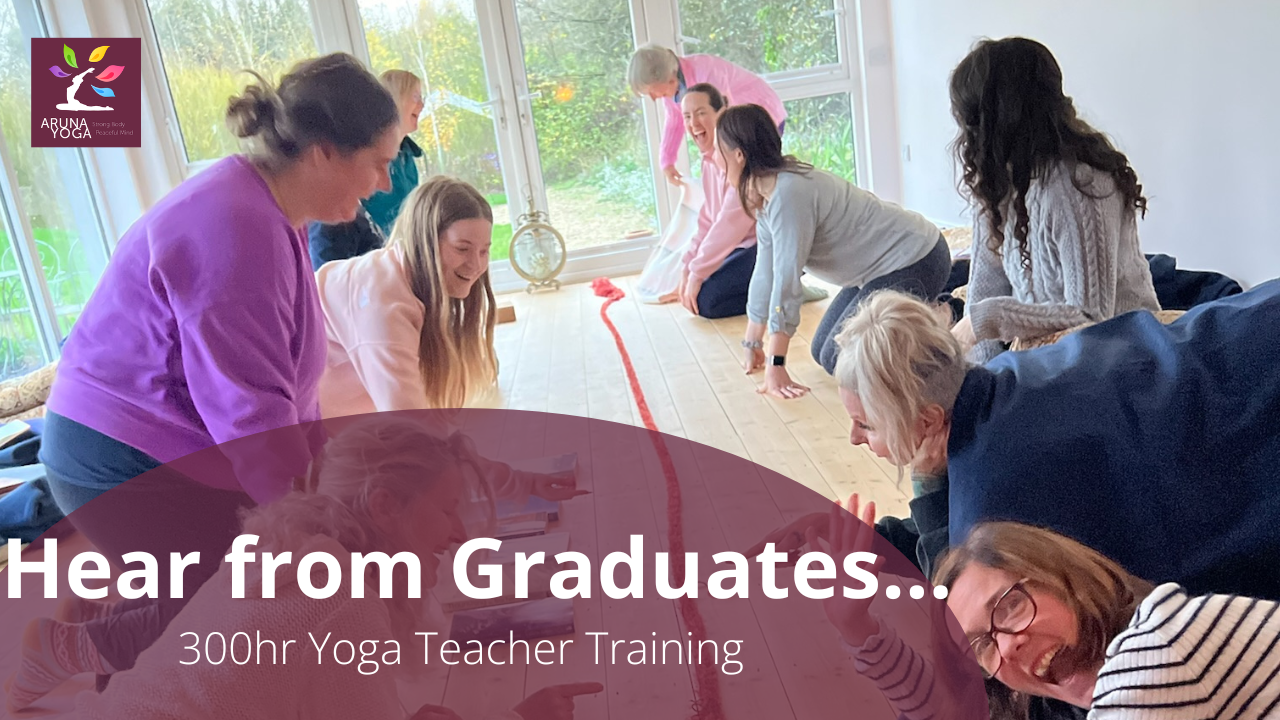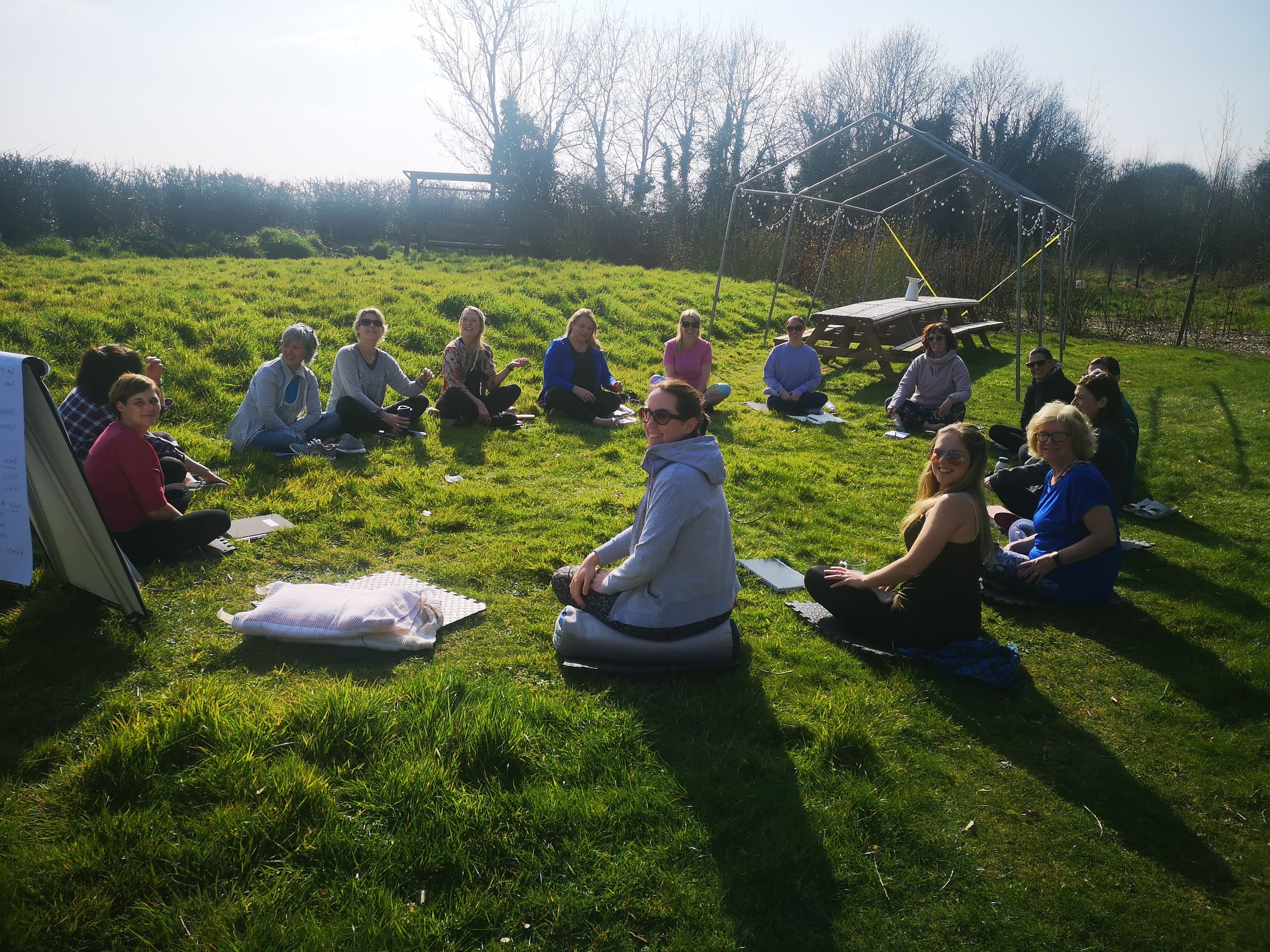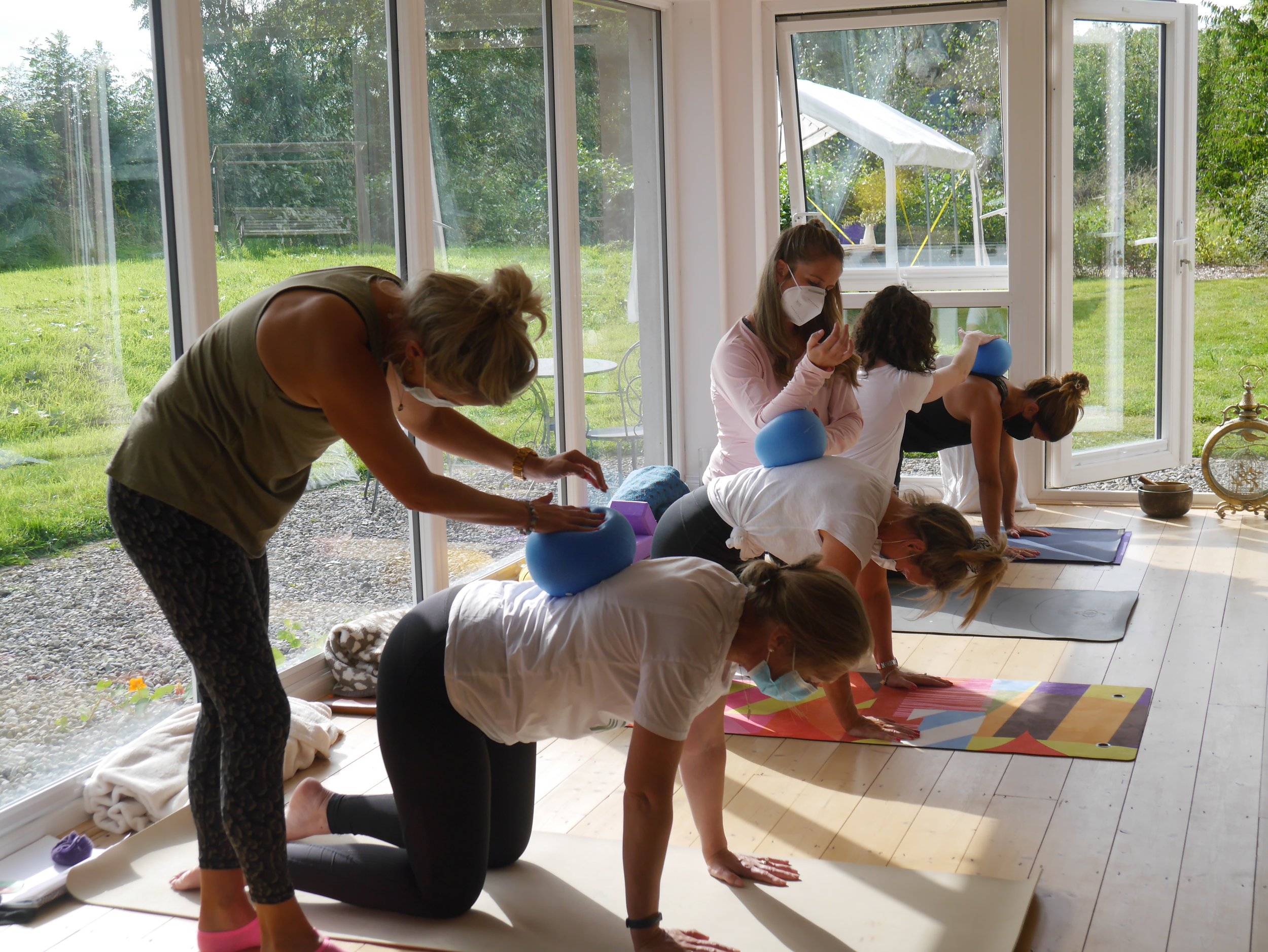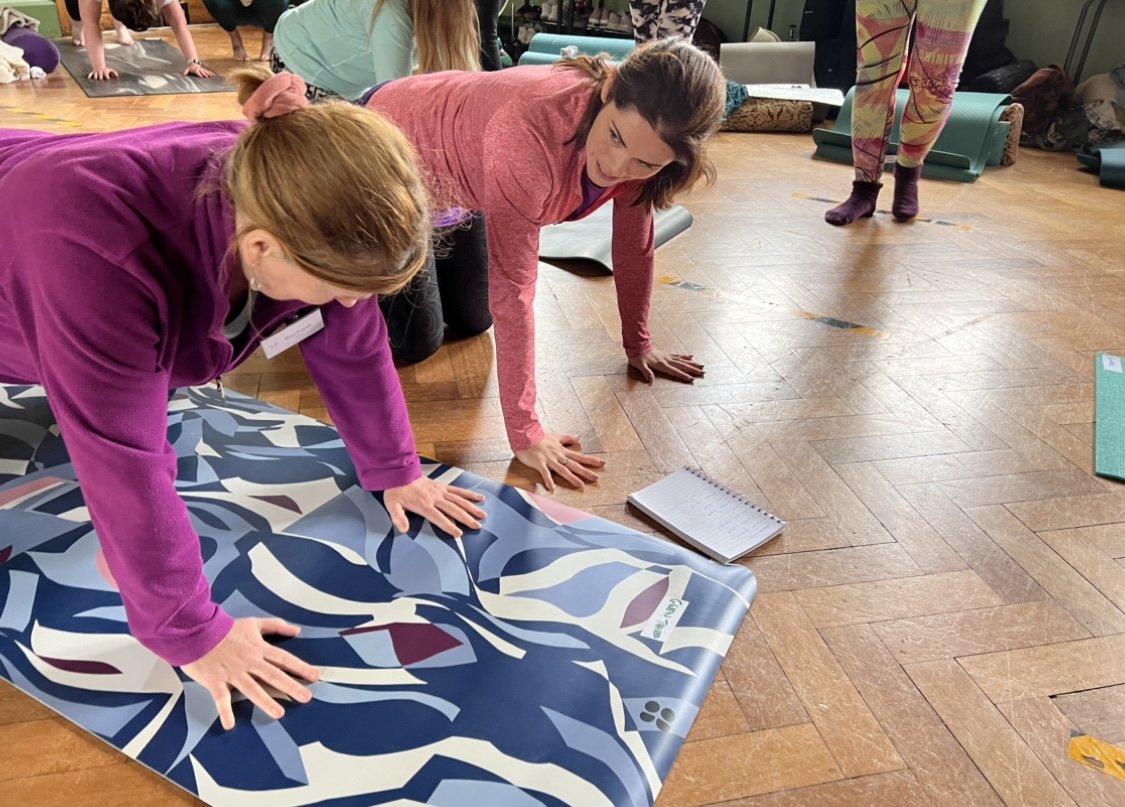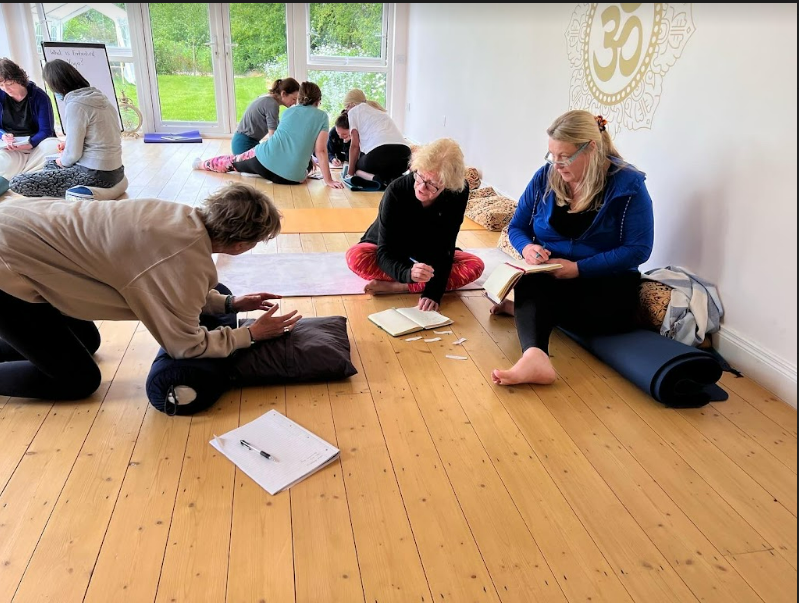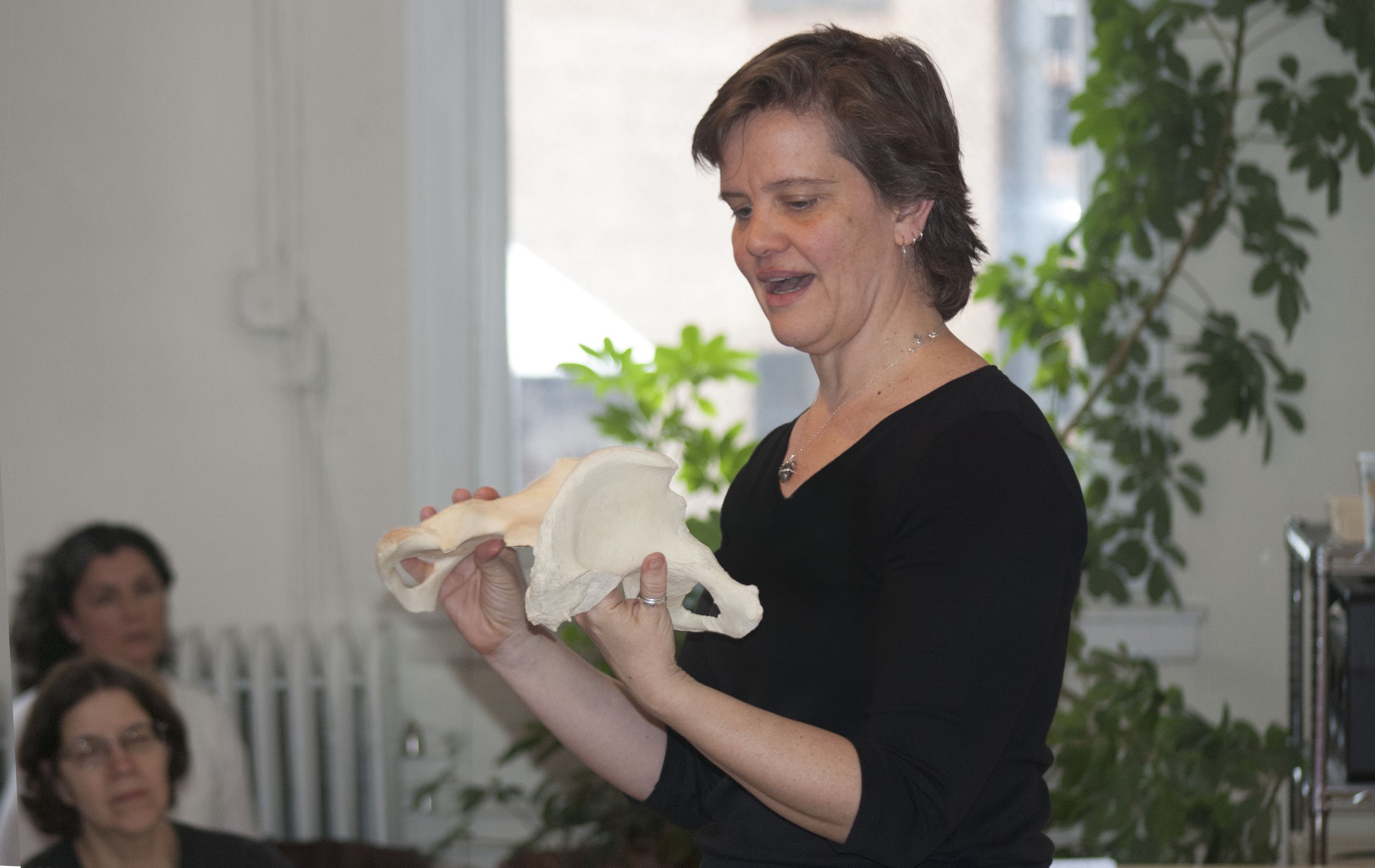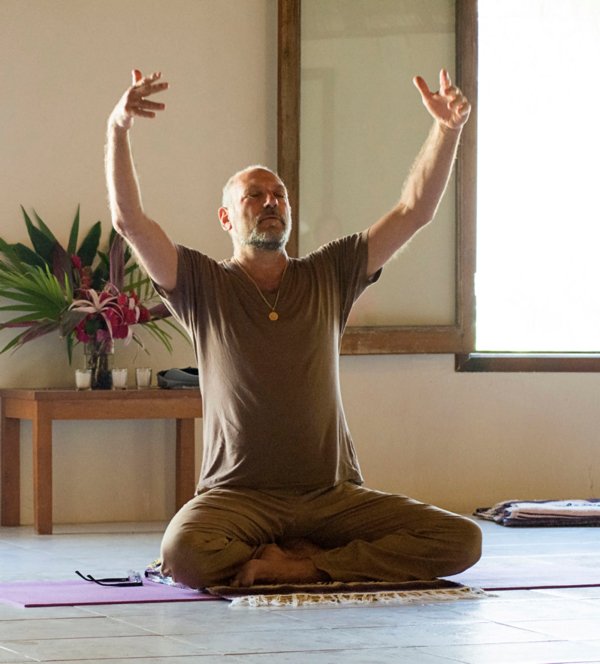Advanced Embodied Somatic Yoga Teacher Training (300hr)
Deepening your knowledge and experience
Not Yet Qualified? Check out our 200hr Yoga and Meditation Teacher Training
Begin your 300-Hour journey here.
Submit your application today and we’ll follow up to support you through the process.
Why This Training?
This isn’t about flashy poses or adding hours to your certification. This is for teachers ready to dive deeper into a transformative journey — physically, mentally, and emotionally — through embodied, somatic yoga.
Stay up to date with cutting-edge anatomy, neuroscience, and embodied practice
Transform your teaching from traditional cueing to deeply inclusive, embodied guidance
Offer more accessible, higher-value classes with confidence and clarity
Rediscover joy, passion, and purpose in your practice and your teaching
Belong to a vibrant, supportive community of like-minded educators
Book a free call with Laura to find out if this course is for you!
Who Is This For?
Newly qualified teachers looking for the next-level of training
Teachers looking to integrate an embodied somatic approach into their classes
Burnt-out or near-burnout teachers needing nourishment and clarity
Non-teaching teachers seeking to rebuild confidence or reconnect with their practice
Movement Professionals and educators interested in embodiment, somatics and self-development
Counsellors and other Therapist who want to dive deep into somatic movement experiences.
What You'll Gain
Embodied tools to support every student’s journey
Greater freedom and confidence in your own practice
Ability to adapt and transform your classes to suit all bodies and minds
A new teaching paradigm rooted in autonomy, compassion and deep listening
500-hour Yoga Teacher Certification
What This Is Not
Fancy Instagram yoga
One-size-fits-all sequencing
A guru-led doctrine
About ticking boxes — this is a lived experience
What students have said…
"Awakening awareness, aliveness and wisdom through embodied yoga"
What we explore…
Breath & Respiratory System
As yoga teachers you know a lot about how to get oxygen into the body, But that is only the start - the magic happens at the cellular level.
Deepen your ability to use the breath as a remote control for the nervous system.
Fluid Body & Cardiovascular System
Did you know the heart is not a pump?
Discover how your body has just one fluid that transforms and serves many different functions.
Organ Body & Digestive System
Your digestive tract can be seen as the outside inside you (we are just walking doughnuts)
In Asana, we can access a soft, powerful strength from the ‘soft spine’ or digestive tract. (It is similar to hydrostatic pressure)
Nervous System
Often, our stiffness is a consequence of our nervous system rather than our physicality. Under Anaesthetic, we become very flexible. Explore how to work with, rather than fight what is natural and present.
Bones, Ligaments & The Skeletal System
Your bones are fluid-filled, living tissue, more like a raw egg than the dense, dead bone we are all used to seeing.
Muscles & Somatics
You have one muscle – We are an integrated body. The separation of the muscles we traditionally see is a result of dissection choices.
The magic is in the melt; we first need to release the tension before we can build true, balanced strength.
Fascia
Did you know that your fascia has up to 10 times more sensory nerves than your muscles.
It is our fascia that both integrates and differentiates parts of our body.
Endocrine System
Woman are not little men – discover how so much of what we take for granted is not relevant to women – like cold plunges – we get the same hormone stimulation at about 15 degrees. Let the men go for the -1 degrees.
Foundations & Integration
We begin with the foundations, calling on traditional yoga, directly from T. K. V. Desikachar, along with traditional alignment and breath centred movement, delivered by Amy Matthews & Leslie Karminoff. We then dive deep into the embodied principles.
Throughout the entire course we will be integrating what you learn with the other theories and research but even more importantly into your body, your classes.
Ready to take the leap?
Deep Dive into Embodied Somatic Yoga
We explore and integrate a number of different schools of thought and practice, to arrive at a coherent, science based approach, which has proven effects. Some key influences throughout the training include:
A variety of Current Scientific Research from Med Pub
Bonnie Bainbridge Cohen’s Embodied Movement
Thomas Hanna’s Somatics
Gill Hedley’s Integral Anatomy
Richard Millers iRest
Developmental Movements
Yoga Therapy
T. K. V. Desikachar
Feeding our Whole Selves and Our Community
We initially feed your head, then your body and finally your community and the world
Beginning with our selves, and our personal practice, in time move from personal practice to teaching practice.
It may sound simple, however it is not as simple as it sounds. Initially, the language can be chunky, and time, patience and practice is needed. For that reason this phase is interwoven through the full last 5 months. Ensuring you have lots of practice and support as you transition to an embodied approach within your classes.
What is Embodied Yoga?
Embodied yoga is a practice that invites you to feel, sense, and move from within—guiding students to deeply listen to their bodies and respond with awareness, compassion, and intelligence. Rather than focusing only on the outer shape of a pose, embodied yoga emphasizes how the movement arises, how it feels, and what it awakens in the body-mind connection.
This approach is rooted in the understanding that the body is not just a structure to be stretched or strengthened, but a living, breathing source of wisdom.
Inspired by pioneers like Bonnie Bainbridge Cohen, it draws from somatics and developmental movement patterns. Leslie Kaminoff and Gil Hedley offer a functional, anatomy-informed lens, helping us see the body as a fluid, adaptable system—not a fixed form. And Laura Wynne teaches that when we tune into our bodies in this way, we build resilience, clarity, and a true sense of self.
What is Somatics?
You will be fascinated to discover where you have somatic amnesia within your body, where the neural paths and the muscles are no longer in communication. Explore how specific, slow, conscious somatic movements can restore this and offer more freedom and choice. Somatics, a term coined by Thomas Hanna, is rooted in neuroscience, movement education, and body-mind integration.
Laura Wynne’s Embodied Somatic Yoga
The Combination empowers people to connect with their bodies in a way that builds trust, reduces injury, and creates long-term transformation—on and off the mat. Laura Wynne’s Embodied Somatic Yoga isn’t a style—it’s a shift in awareness. One that turns yoga into a conversation with the body, not a performance of shapes.
““Sometimes the questions are complicated and the answers are simple.””
How will I learn?
In person days
We meet monthly and this is where integrate our learning, where we practise it with each other and look at the anatomy with all of our cool toys.
Leslie Kaminoff & Amy Matthews
Learn from these leading authors through their online material. They look at alignment, anatomy, breath and lots of traditional theories.
Laura’s Pre recorded material
This is where you will meet new concepts. This allows you to listen and rewind. We then integrate these new concepts on out monthly Saturdays.
Detailed training manual
For those who like to have lots of notes - have no fear, there are detailed training manuals.
Practice ideas
Each module has integrated lots of practice opportunities to support you embody and integrate the learning. You can then adapt them for use in your own classes.
Monthly study group
This is where you get to hash it out with other teachers. You will have an amazing support network from those in your group and you can discuss and share ideas.
Resource Library
You have access to a large library of asana tutorials and other resources, as well as lots of recommended reading and podcasts.
I want to do the training BUT…
“I don’t have enough teaching experience”
When I initially did my 500hr it was all one course so I went straight from year 1 to year 2. In year 2 I was teaching while doing the second part of the training so if you have just finished your 200hr we can support you in all of those growing pains. Learning on the ground. Different people will be coming from different perspectives and different backgrounds, doing it now will support you in your teaching. Support while starting your journey as a teacher is fundamental to good habits and have support to overcome all the growing problems. There is no time like the present.
“What style of yoga is it?”
Embodied yoga can be incorporated into any style. Rather than being a ‘style’ in the traditional sense, it is an approach.
Some of the key ideas include - Giving agency back to the student - Inviting the student to inquire rather than tell them what is or ‘should be’ present - know that every body is unique in this moment, so not expecting a pose to have a set of instructions, or a look. as such,
Hence this approach does not force you to adopt a specific style. At our studio, we all teach from an embodied perspective, yet some teach vinyasa flow, others Restorative and others a more BMC inspired flow.
While this is an idea we can all get behind, our habit and our underlying unconscious patterns can be hard to break,
“I don’t know if embodied yoga is for me”
What does embodied yoga mean to you? There is definitely the potential to have a flow class, a class without form and that may not be how you want to teach or be of interest to you. However, even within the more traditional asana-based classes there is wonder to be found in embodied yoga. You can bring form from another way to your students and allow them access it through a different path. Even if you never use embodied yoga in your teaching, having it for yourself in your practise is beautiful as it gives us more avenues in and supports us not be so rigid in our thinking.
“I have too much teaching experience”
Excellent teachers stay excellent by utilising their body of experience to hone what they do. By not allowing themselves to become bored and lose their passion.
If enhancing your teaching isn’t of interest to you then maybe this course isn’t for you. For me every time I learn something new for myself I get to share it with my students, every time I share it with my students I get to find a better way to do it the next time around. So for me this is a lifelong process
About the Lead Trainer - Laura Wynne
With decades of teaching experience, an academic background in psychology and a deep love of anatomy, philosophy and functional movement, Laura brings embodied yoga to life in a way that's accessible, deeply felt and powerfully transformative. She is fun, quirky, knowledgeable and inspiring.
Yoga Therapy Ireland 500hr Certified Teacher
Living Yoga Advanced Teacher Training 500hr
Yoga Alliance Professional Senior Teacher
Yoga Alliance E-RTY 500
Yoga Alliance YACEP Continuing Education Provider
Yoga Therapy Ireland Certified Yoga Therapist
YTI & Yoga Alliance Prenatal & Postnatal Yoga Teacher Training
iRest® Certified Teacher (level 3)
Yoga Alliance Yin Yoga Teacher Training
Yoga Therapy Ireland Chair Yoga Teacher Training
BA (Hons) Psychology, MSc, BSc.
London Business School, Mastering Digital Marketing
Laura started doing yoga about 35 years ago and has been teaching for over 15 years. She is the founder of Aruna Yoga Studio and Academy which she has been running for almost 10 years. She has been a trainer for over 30 years, and full time developing and delivering yoga and meditation teacher trainer for the last 6 years, including her flagship foundation 200hr training and a number of short courses for teachers. She has a background of maths and psychology which impact her science led approach.
Find out more about Laura in our brochure
She is joined by teachers Amy Matthews & Leslie Kaminoff, best-selling authors of Yoga Anatomy and global pioneers in embodied movement and functional anatomy.
Our Training Philosophy
Aruna Values
A Awareness (of your thoughts, emotions, body (somatic) - in this moment)
R Real (real people with real lives)
U Unity (mind, body, spirit – no dualistic perspective)
N Now (being present)
A Abundance (in all things)
Leading to FREEDOM
Aruna Principles
Offering Excellence in Teaching and Education
Functional, Embodied, Somatic Practices – Student Lead, Teacher Facilitated
Yoga for Real bodies with Real needs
Facilitating yoga and its benefits integrated into your life
Allowing your “Whole Self” shine
Do you want to work with students you love, and who love what you are offering?
Spend less time finding new students and more time keeping the ones you have.
Structure & Certification
17 months of guided support
14 Saturday Full-day In-Person Workshops (monthly except July, August & October)
1 Immersive Weekend Retreat (October)
Fortnightly tutor group calls
Over 50 hours of training content with hours of additional resource material
Almost 100 hours of led practices
Comprehensive notes and workbook
120+ hours of self-practice
Certified by Aruna Yoga Academy and Yoga Alliance Professionals
What Our Students Say
“This training changed the way I think, move and teach.”
“More than a course – it’s a journey of self and service.”
“I already had my 500hr — but this took me to a completely new level.”
Ready to Evolve?
Whether you’re teaching 20 classes a week or haven’t stepped in front of a room in years — if you’re ready to explore, to wonder, and to deepen your yoga, this is your invitation.
Give yourself the gift of freedom, connection and embodied wisdom.
Download pdf brochure with more information
Location:
Our in-person training days will take place at Aruna Yoga Studio, Rathcoffey, minutes from Maynooth & Clane and near Dublin
Dates: Starting February 2026
February 7th ’26
March 7th ’26
April 18th ’26
May 9th ’26
June 13th ’26
September 12th ’26
October 2nd - 4th Retreat Weekend @ Ballyvalloo Retreat Centre
November 14th ’26
December 12th ’26
January 9th ’27
February 13th ’27
March 13th ’27
April 10th ’27
May 8th ’27
June 12th ‘27 - Graduation
Pre-requisite
200hr Certified Yoga Teacher Training
or
Movement or Counselling qualification (e.g. Counseling, Ti Chi, Chi Gong, Bodywork, Psychology)*
or
Somatic or Embodied practice qualification (e.g. Somatic Coaching/ Somatic Therapist)*
*The 500HR Yoga Teacher Training Certification is only available to Yoga Teachers. The certification you recieve is Certified by Aruna Yoga Academy as Continuous Professional Development in YOUR field. It does not qualify to you teach yoga..
Included
Monthly In-Person Full Day Workshops
Weekend Retreat Accommodation, Food & Training
Lifetime access to all of ‘Laura Wynne’s Advanced Embodied Yoga’ training videos*
Lifetime access to all of ‘Laura Wynne’s Advanced Embodied Yoga’ Practice Video*
Lifetime access to Lesilie Kaminoff & Amy Mathews Fundamentals Training Videos
Lifetime access to Lesilie Kaminoff & Amy Mathews video Resources
Extremely Comprehensive Training Manual
Discount on any Online Studio Classes you wish to attend while a student
Secure My Spot
EARLY BIRD RATE
Investment €3850
Payment Plans Available - €260 x 15 (includes processing fees) (contact us for other options)
Lump sum - pay €550 deposit today and then the remaining in lump sums before the course commences (Feb 2026)
FULL PRICE
Investment €3950
Payment Plans Available - €332 x 12 (includes processing fees) (contact us for other options)
Lump sum - pay €550 deposit today and then the remaining in lump sums
**Professional Training Connected to Your Profession is Tax Ductible** (consult a tax professional)
